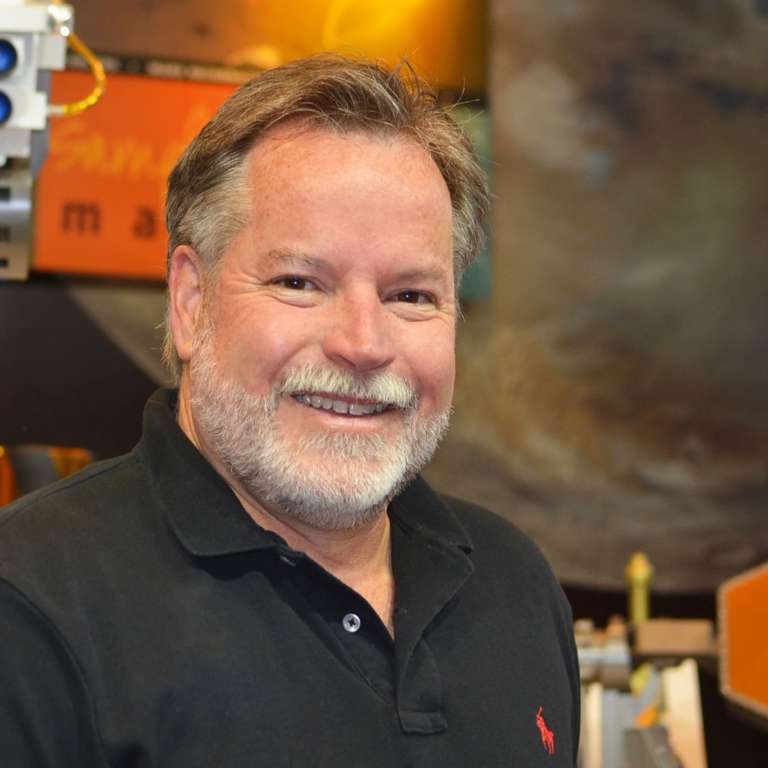Planetary Radio • Apr 13, 2015
Rob Manning and Landing on Mars
On This Episode

Rob Manning
Chief Engineer, Jet Propulsion Laboratory
Landing on Mars is hard, and the bigger you are, the harder it gets. Rob Manning returns to tell us about one of NASA’s best hopes for getting much bigger spacecraft down there—spacecraft that may one day carry humans. Emily Lakdawalla quizzes Mat on the atmospheres of moons. Bill Nye discovers that everyone is talking about getting to Mars. Bruce and Mat take a virtual trip down under, and offer another signed copy of Jim Bell’s “The Interstellar Age” in the space trivia contest.

Related Links:
- NASA Video: NASA’s Low Density Supersonic Decelerator (LDSD) Project Takes a Spin
- Low-Density Supersonic Decelerator (LDSD) Latest News
- A Moon With Atmosphere
- SpaceX Reusability Goals
- Jim Bell’s “The Interstellar Age”
This week's prize is Jim Bell’s excellent book, "The Interstellar Age: Inside the Forty-Year Voyager Mission," signed by the author.
This week's question:
What is the orbital period of Neptune’s moon Triton?
To submit your answer:
Complete the contest entry form at http://planetary.org/radiocontest or write to us at [email protected] no later than Tuesday, April 21st at 8am Pacific Time. Be sure to include your name and mailing address.
Last week's question:
What are trans-Neptunian objects in a 2:1 orbital relationship with Neptune called? (2 orbits of Neptune, 1 orbit of the body)
Answer:
The answer will be revealed next week.
Question from the week before:
What constellation appears on the flags of Australia and New Zealand? (Come on Southern Hemisphere patriots and fans!)
Answer:
The constellation on the flags of Australia and New Zealand is the Southern Cross or Crux.


 Explore Worlds
Explore Worlds Find Life
Find Life Defend Earth
Defend Earth


